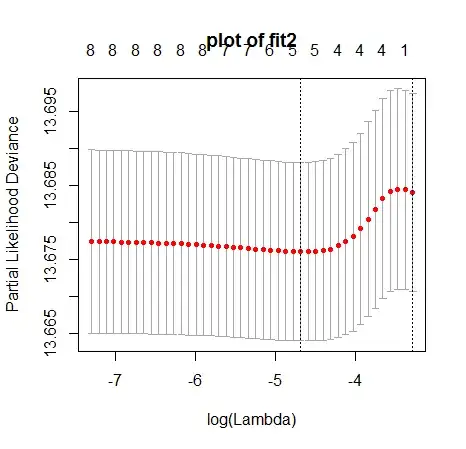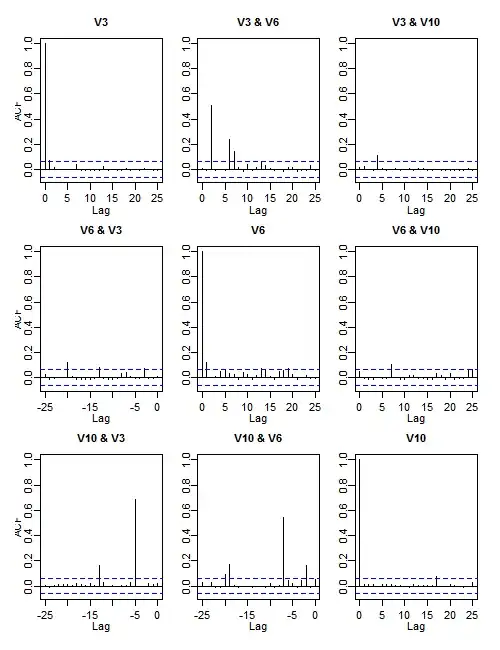I prove a some theorem under the assumption that some random variable X is Gaussian. Now in practice, in my experiments section I have real-world samples from X, and I want to claim that indeed these samples form approximately a Gaussian distribution, therefore the conditions of the theorem approximately hold. Of course in real life nothing is exactly a Gaussian, only approximately.
Now there are some normality tests such as [link], but they all have the null hypothesis that the samples were drawn from a Gaussian distribution, therefore I can at most fail to reject this hypothesis (when p>0.05), but it still doesn't mean that my samples were drawn from an almost Gaussian distribution.
Any ideas what is the standard way to quantitatively show that my samples were drawn from an approximately Gaussian distribution?

